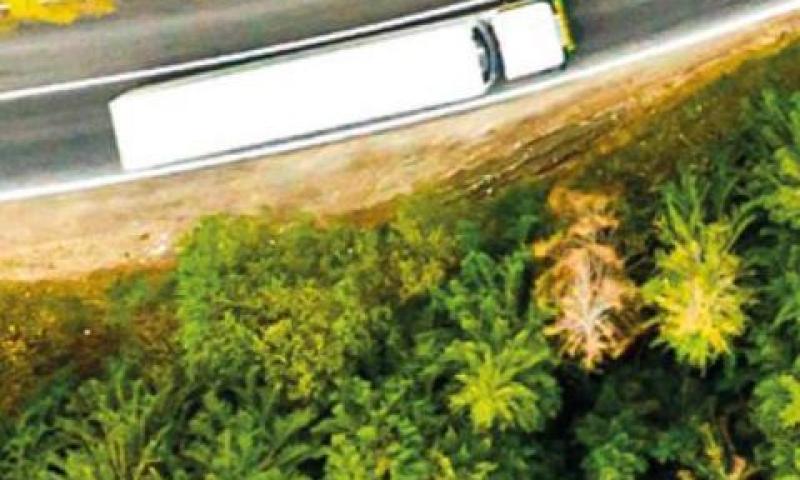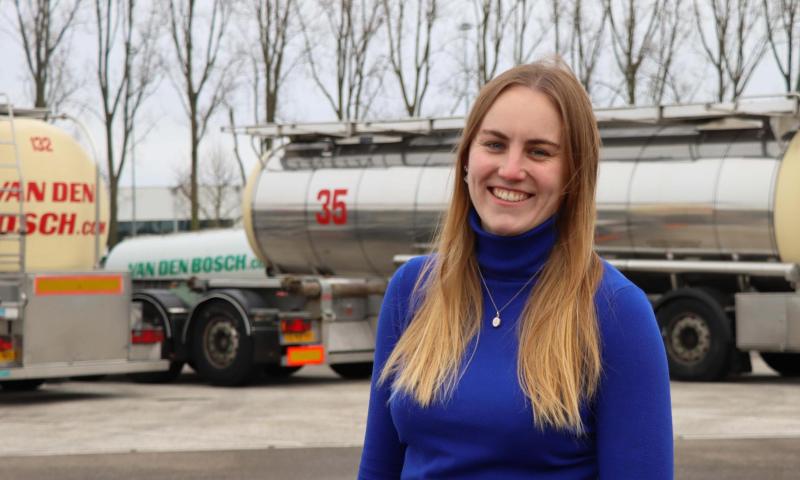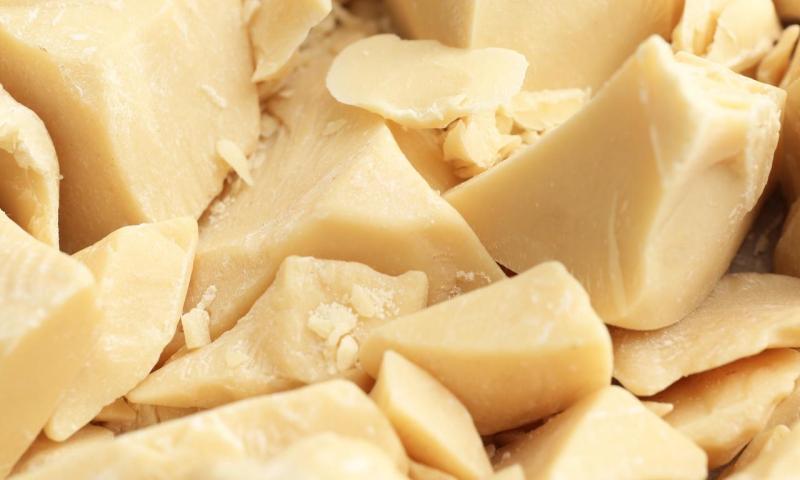Efficient and sustainable
The whiskies we transport are in fact highly concentrated blends. This fits with our ambition to make our transport as efficient and sustainable as possible, says Bart van de Vorst, Managing Director of the Dubai branch.
"The whisky concentrates have an alcohol content of 66.8%. Only in the destination country are they diluted to the desired strength and given the desired flavour, depending on the label under which they end up on the market. Our advantage is that this way of working is much more efficient than transporting ready-to-drink whisky, as we don’t need to transport excess water.”
Whisky versus brandy, rum and tequila
Another aspect in the logistics puzzle: we prefer transporting full ISO tanks. But since the volume of whisky that Scotland exports is far greater than that of the other liquids it imports, this poses a challenge. We solve this through lateral thinking.
For example, after unloading a consignment of Scotch whisky at a Spanish port, the cleaned containers will be filled for the return journey with a product such as brandy or olive oil. The same goes for, say, wine from France, tequila from Mexico, or rum from Caribbean countries.
Strict rules
The stringent rules that Scottish distilleries have for transporting such 'arrival liquids' also pose a challenge. Ashton comments, "They want to avoid the colour, smell or taste of their whisky being affected by residues from previous loads. This is why distilleries have specific product lists for prior cargoes. Liquids such as alcoholic drinks, fruit juices, edible oils and fats (such as olive oil) are allowed, fish oil is not.”
A product like cocoa butter would also be suitable. Therefore, we’re exploring the possibility to transport a product like cocoa butter as a bulk liquid, rather than in blocks. This would let us optimise our supply chain even further.





-crop-800x480.jpg)


